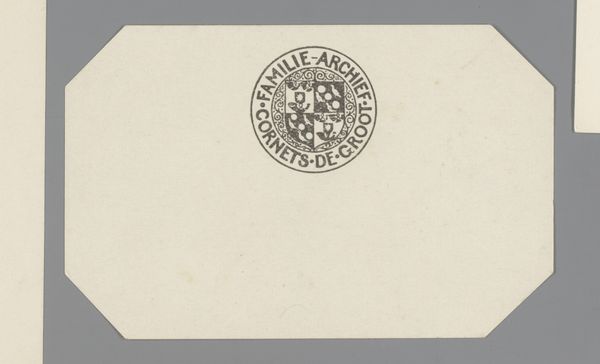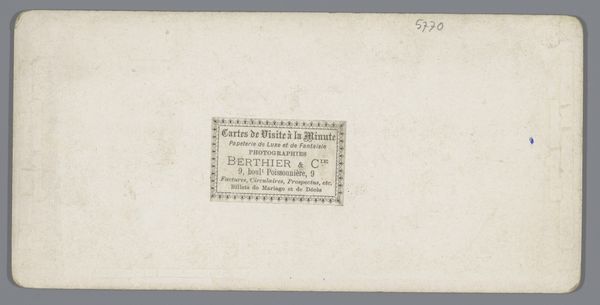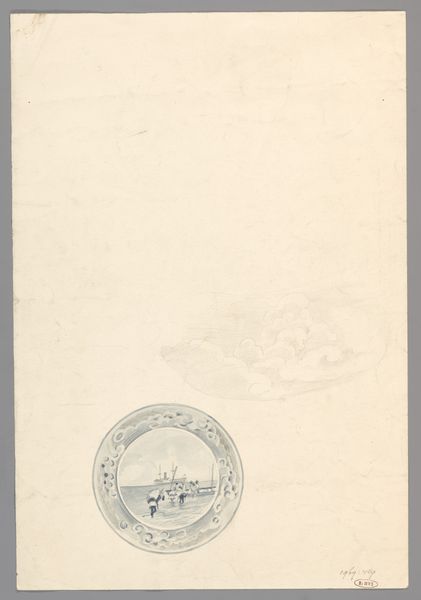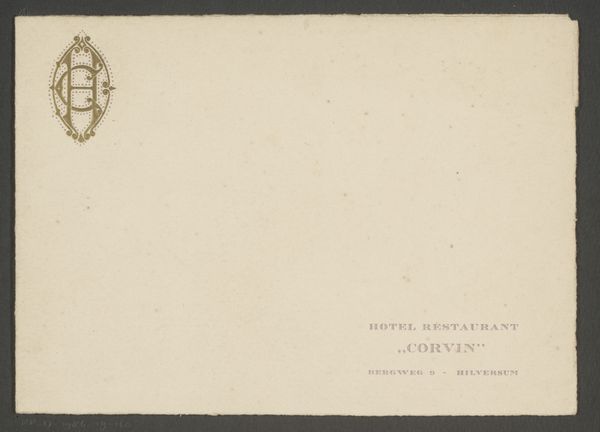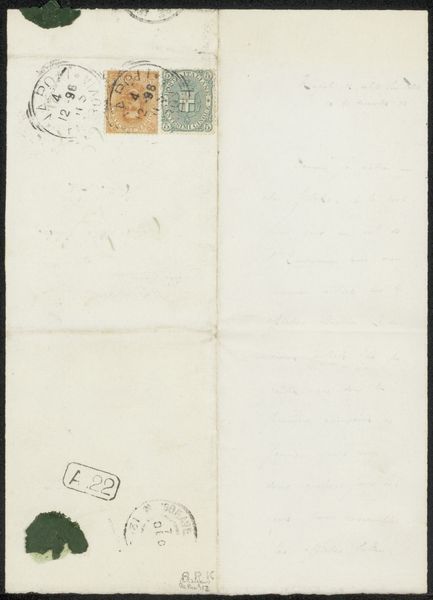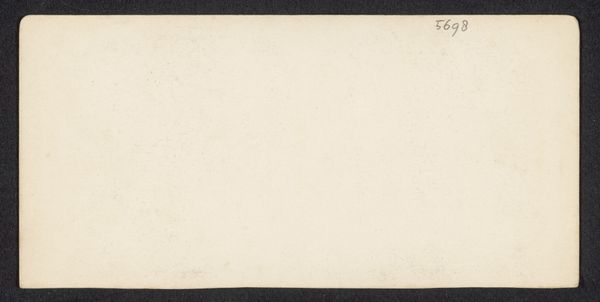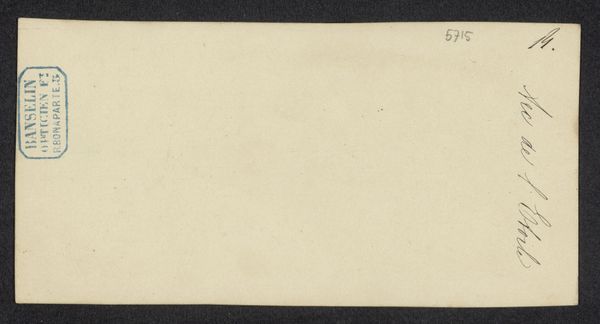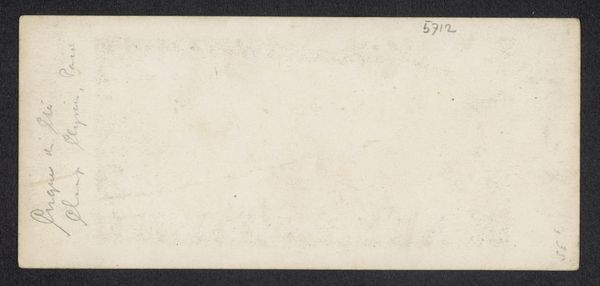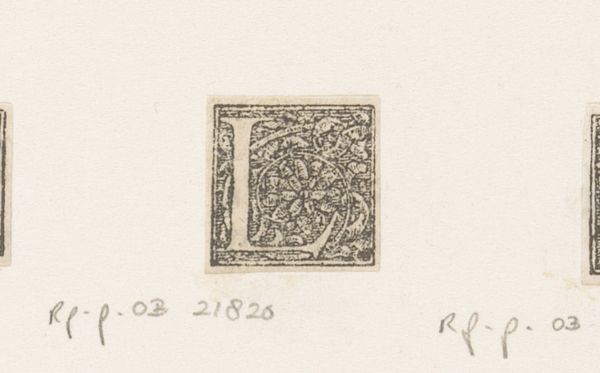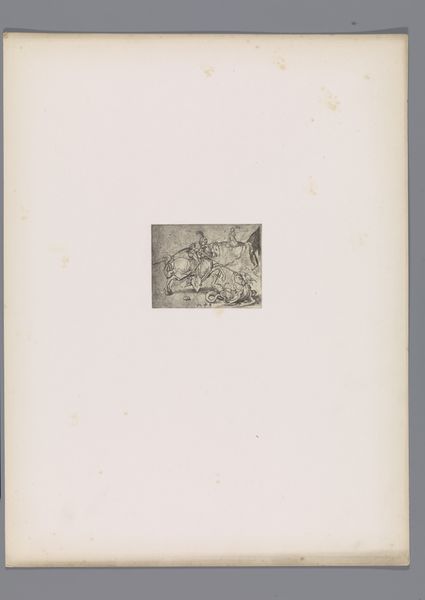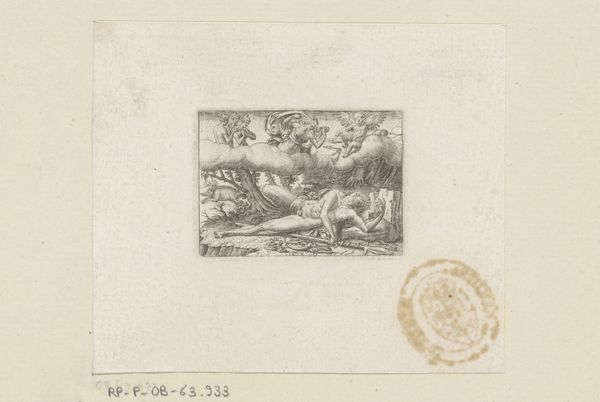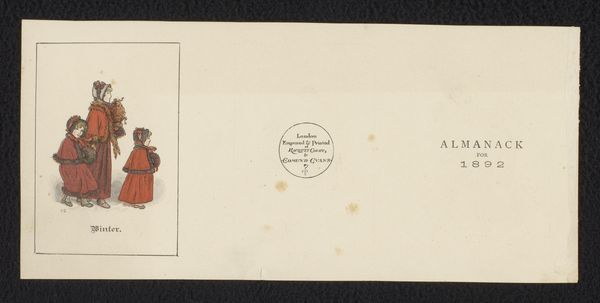
print, ink, engraving
#
art-nouveau
#
ink paper printed
# print
#
figuration
#
ink
#
pen-ink sketch
#
ink colored
#
watercolour illustration
#
decorative-art
#
engraving
Copyright: Rijks Museum: Open Domain
Editor: So, this is “Huwelijksaankondiging uit archief Philip Zilcken,” or "Wedding Announcement from the Philip Zilcken Archive." It’s an ink print, dating from before 1919, with this charming little cherub figure. It feels very decorative, almost like an illustration from a children's book. How do you interpret this work within its historical context? Curator: This piece offers a fascinating glimpse into the intersection of art and social ritual during the Art Nouveau period. The cherub, a symbol often associated with love and weddings, is rendered in a style that emphasizes decorative lines and organic forms. But it’s vital to consider how these seemingly innocuous images helped to solidify dominant societal norms. Editor: Could you elaborate on that? Curator: Absolutely. While visually appealing, consider what messages were implicitly conveyed through imagery of weddings. Marriage, especially at the time, was intrinsically linked to gender roles and expectations that served the patriarchal structure of society. These images normalised this institution. Do you notice anything particular in the style, technique, or even medium that might reflect larger social trends of the time? Editor: Well, the printmaking technique, allowing for mass production, would suggest a wide dissemination of these ideals, right? And the cherub, as a recurring classical figure, harkens back to accepted artistic styles and symbols. Curator: Exactly. The blend of classical and contemporary Art Nouveau styles underscores an effort to solidify established norms while appearing modern and aesthetically refined. We need to critically examine what appear to be beautiful images that promoted a specific vision of domesticity and societal expectations. Editor: This makes me look at the print with new eyes. Thanks for pointing that out. Curator: My pleasure! Art always reflects and shapes the society it exists within. Recognizing those complexities adds new dimensions to our understanding.
Comments
No comments
Be the first to comment and join the conversation on the ultimate creative platform.
